
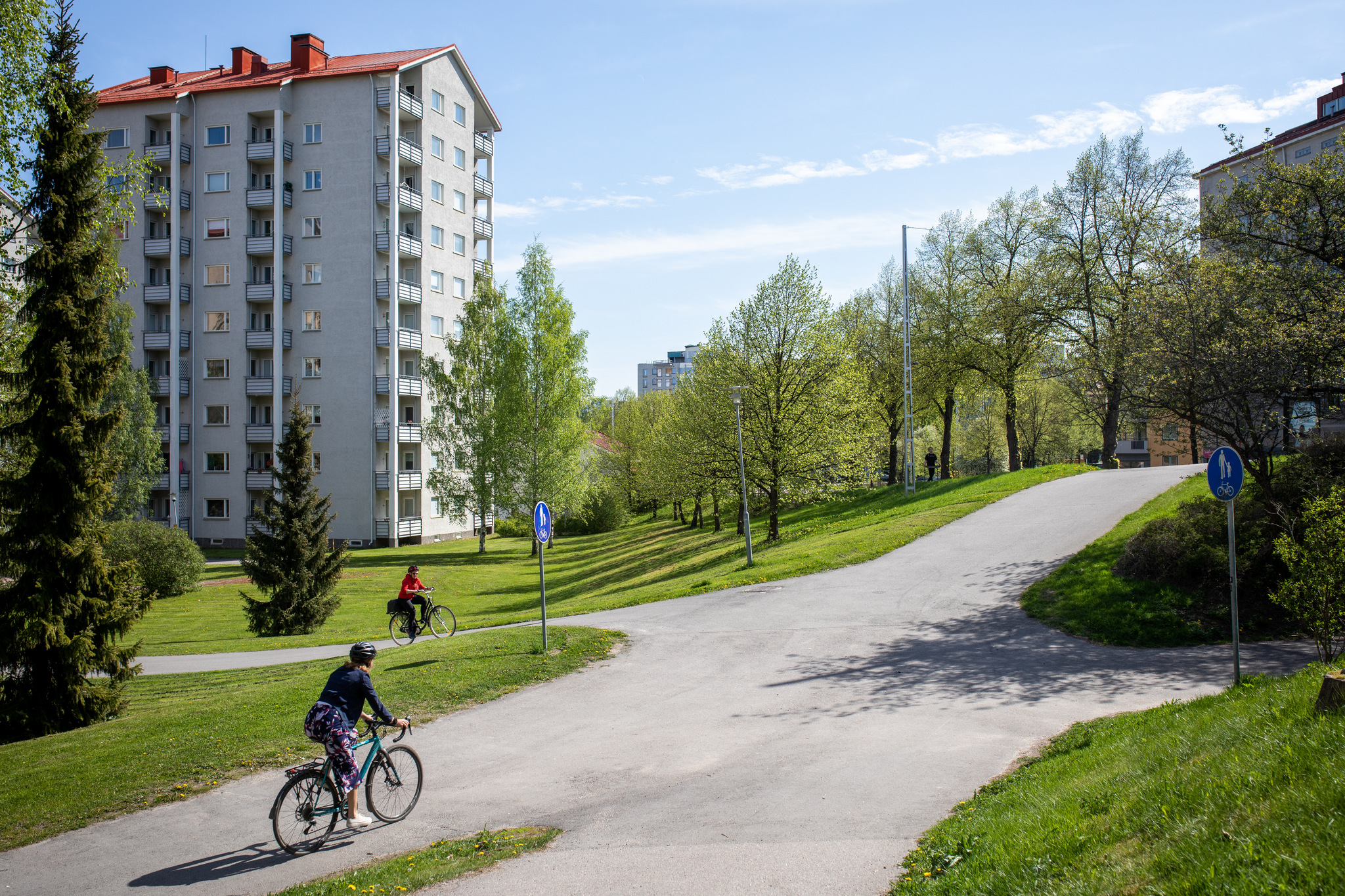
Governments at both national and local level influence mobility behaviour through various policies including regulatory and economic instruments, education and awareness campaigns, and by rolling out innovations to increase choice, and, more recently, through ‘nudges’.
However, personal transportation is an area where changing behaviour is notoriously difficult. Some people are more open to change than others and the use of the personal car is deeply ingrained. Transport is personal, it is a means to an end – i.e., for people to obtain or reach desired goods, services, activities and a range of urban services required to meet their daily needs and aspirations[1]. Change in this area requires integrated approaches, rolling out alternative transport options must be supported by policies to exploit personal, subjective factors, such as attitudes, social norms or knowledge, which also govern behaviour.
Introduction
To influence behaviour, transport planners must therefore take account of a wide range of interrelated physical and motivational factors[2]. Shifting people towards sustainable modes such as public transport, walking or cycling, can take time and can be a gradual process for individuals but also for communities and societies. Individuals need to assess whether an alternative is beneficial to them from a cost and convenience point of view. Crucially, a new behaviour must also result in a positive experience for it to take hold. If the experience is negative, then the reaction may not be the one desired.
Consider therefore the complexity of offering ‘seamless multimodal services’ and the potential for negative experiences. To get it right, numerous policies must pull in the right direction if they are not to result in new, unanticipated barriers. Policymakers need to recognise the unique roles that individual transport modes play and how they are connected to each other. This is key to the effort to encourage a modal shift away from private cars because alternatives have to be convenient and seamless for them to be attractive. Mobility policies must therefore consider the whole journey experience, from the journey planning phase, to getting to the point of departure – for example, the train station – to completing the last mile leg of the journey.
Historically, public policy has made assumptions about behaviour based on the ‘rational choice’ model. This model predicts that people weigh up options and choose the one offering the greatest benefits. This thinking underpins certain types of measures such as price signals (taxes) and regulations or fines and other penalties [3].
In the transport sector, many decades of urban policies have generally encouraged the personal car. While there is a consensus today that car use must be reined in, there are limitations to traditional policies when users retain a choice. Many people will continue to drive, yet there may be subtle ways of persuading some to shift to alternatives. The reason for this is that our decision-making is in fact complex, we have limited rationality (limited access to real-time information and processing ability) and rational choice theory takes little account of the many cognitive biases underpinning our mental heuristics (decision-making).
What this means is that the mere supply of alternatives, as important as that is, is not necessarily enough. As advertising has been doing for a hundred years[4], governments need to create a ‘machinery of enticement’[5] which not only persuades through reasoning, but also taps into a wider range of cognitive or other factors, such as, beliefs, attitudes, and values, as these also play an important role in people’s decisions. No one approach to behaviour change is likely to work, rather an integrated suite of measures ranging from hard infrastructures to soft measures will be needed.
Key Questions for UIA Cities
By putting in place sustainable mobility solutions and encouraging their use, each of the five UIA Urban Mobility projects is implementing an ‘avoid-shift-improve’ (ASI) approach. ‘Avoid-shift-improve’[1] is a mobility policy strategy to limit traffic growth and encourage people to use transport options which significantly reduce emissions, energy consumption, and congestion.
UIA Cities were asked how their UIA project has enabled a change in new behaviour(s) towards sustainable transport through the ASI measurers they have taken. Specifically, they were asked:
- What specific behaviour(s) they were aiming to encourage and how they ensured that all their (urban) policies were working to support such change?
- What behavioural changes have they experienced since the start of their project and how different parts of their population have embraced such change?
- What impact has Covid-19 had on people’s travel behaviours?
[1] UN Secretary General’s High-Level Group on Sustainable Transport, ‘Mobilizing Sustainable Transport for Development’, 2016.
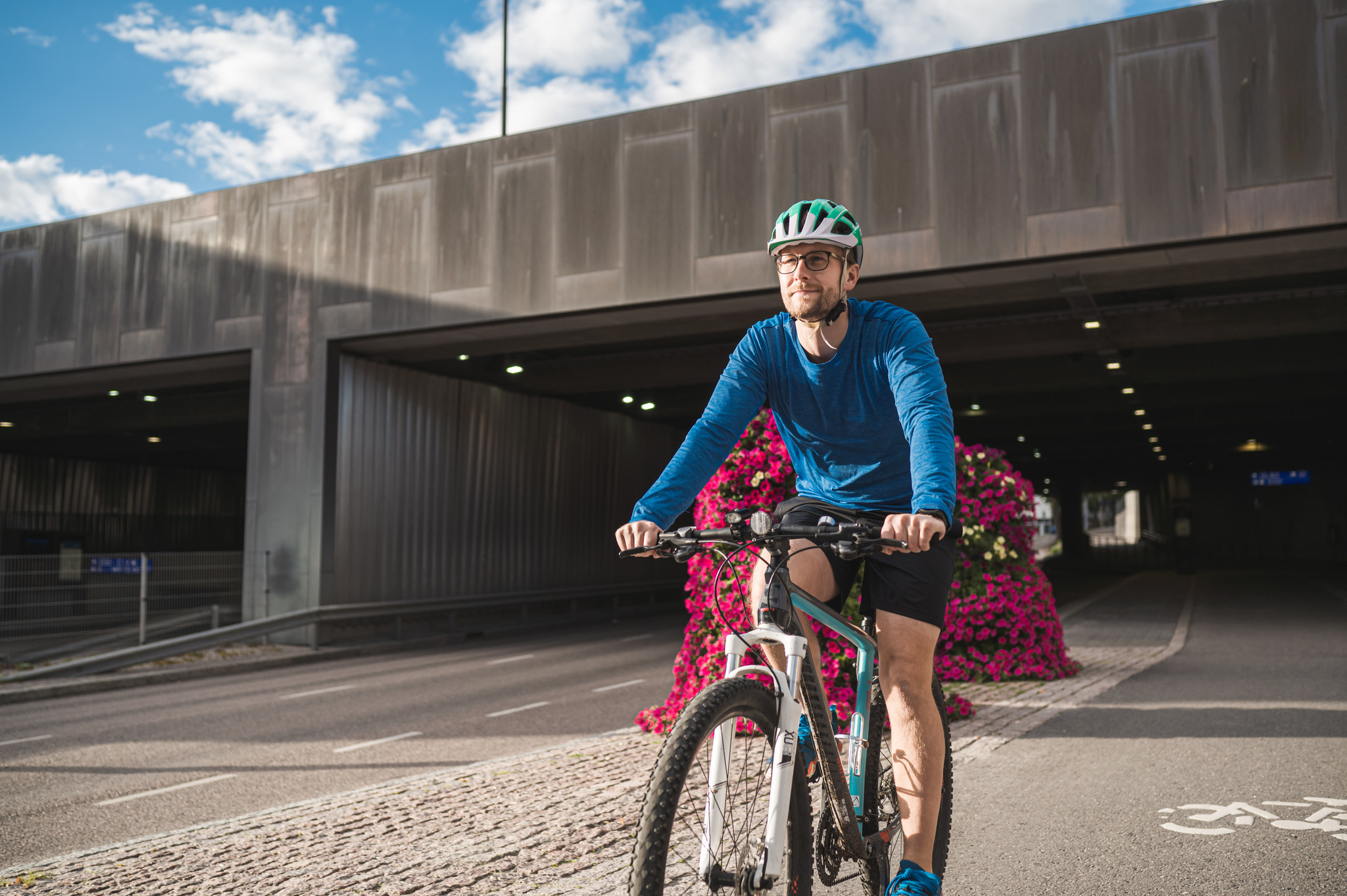
Insights from UIA Cities
Feedback from UIA cities confirmed that they are exploring, through policy, the behavioural side of changing mobility habits, in combination with infrastructures and ICT services. They very much see mobility policy as requiring a palette of strategies pulling together in the same direction with emphasis on balance and dosage; change is seen as the result of a combination effect:

Behaviour change
Policy integration, cross-departmental coordination, and multi-level governance
The UIA Cities experience indicates that behaviour change policies will only work if they are coherent, understood, accepted, and aligned within integrated plans.
The need for cross-departmental working extends further than land use planning. Energy, education, tourism goals could be integrated with transport not just at the local level but also nationally with partnerships established to deliver shared goals. In many cases, it is a question of national governments legislating/providing funding to create the conditions in which cities can take action. In many cases, cities are also taking the initiative. An example from the UIA cases is Toulouse’s COMMUTE cycling action, which aligns with the French national and European guidelines on active travel and supports health policy goals. COMMUTE is at the leading edge of policy having kicked off in April 2018. On 20 December 2019, France announced the opening of the second call for funding from the Active Mobility Fund called “Cycling continuity” (“Continuités cyclables”). This national Cycling Plan and first funding call follow the Mobility Law, also adopted in 2019 (‘Loi d’orientation des mobilités’). In 2019, for the first time, France also appointed an inter-ministerial coordinator for the development of cycling in France to update its national cycling routes scheme (‘Schema Veloroute’). The point here is that local and national coordination is beginning to provide continuity and confidence to citizens and local policymakers in the long-term direction of mobility solutions, which in turn helps people and businesses to engage with a changing mobility landscape ‒ and contribute to the momentum of this change and facilitates projects such as COMMUTE.
Transport behaviour is in fact influenced by a wide range of national policies covering all facets of life. For example, in Hungary, national education policy is that school admissions are not area-based, meaning that people often travel long distances in order to attend their preferred choice. Car kilometres travelled and traffic are higher as a result. Such country-level policies can clearly have a strong impact on local mobility patterns, which can be difficult for cities to overcome as policy levers are outside their control. Furthermore, national approval processes for new transport innovations can also hold cities back, as has been the case for Albertslund with the autonomous shuttle pilot still awaiting legal permissions for testing (at the time of writing in early 2021), which highlights the importance of national approval procedures and the effect they can have on the timely roll-out of innovation. Given the urgency of the issues (pollution, climate change), there may be a case for simplifying (possible decentralising) such procedures in some countries.
Moreover, the UIA Cities expressed the view that, while sometimes necessary, regulations can be counterproductive when it comes to behaviour change. They believe that policies which provide positive feedback and/or rewards, along with the availability of infrastructure/services that enable behavioural shifts, can be a more effective way of influencing people’s behaviour.
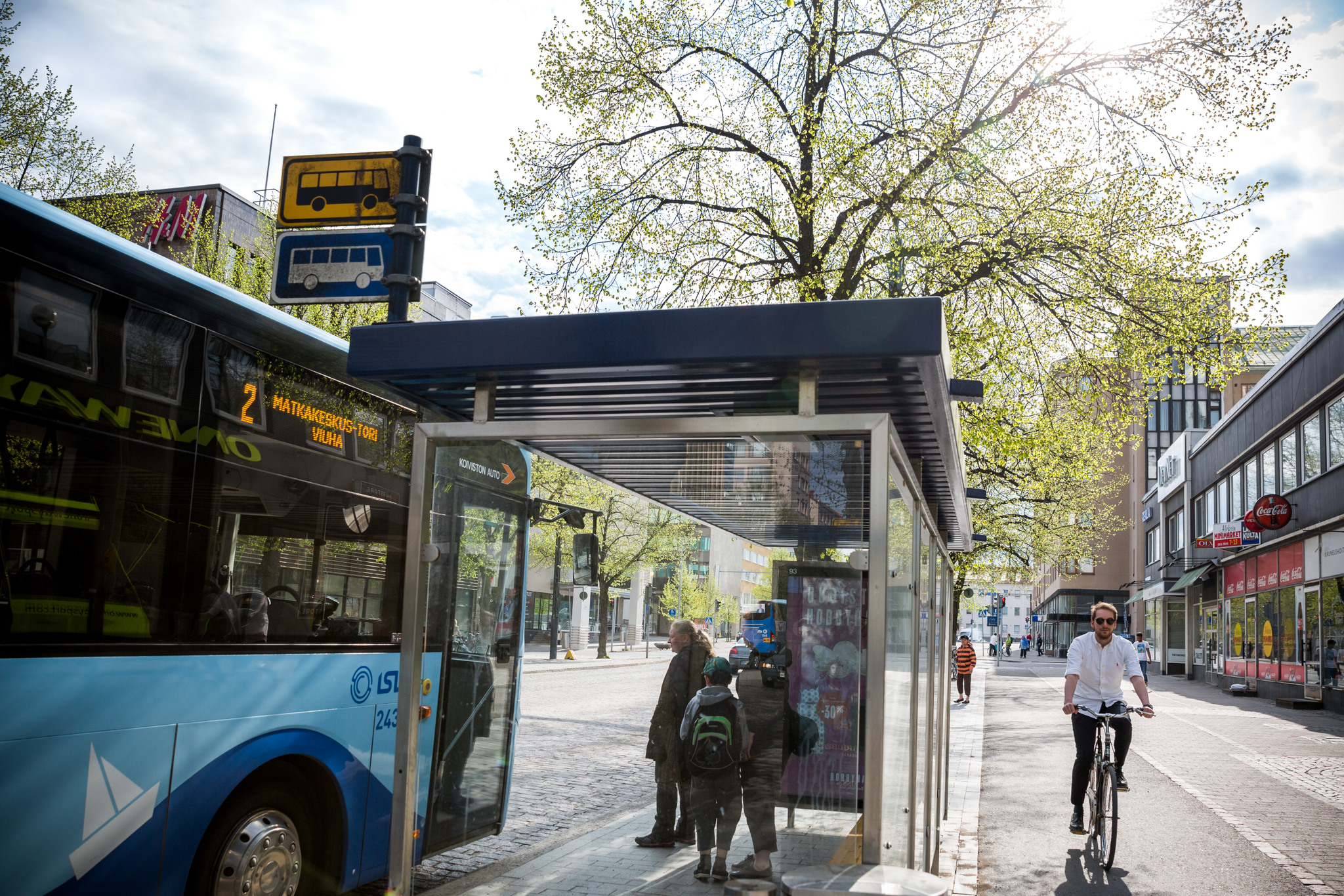
Regulations governing parking fees can have a significant effect on traffic. There may be a case in some countries to devolve this planning power. In the spring of 2020 Szeged was in the throes of the COVID-19 crisis. The Hungarian government banned local authorities from charging for parking to enable people to use their cars. This regulation relaxed driving and parking limits in Hungarian cities, leading to a significant rise in the use of individual cars. The message from the UIA cities such as Szeged is that, outside of emergencies, regulation, whether to relax or to tighten access, needs to be used with care. Simply introducing bans to mobility may alienate, for example. It is crucial is to put attractive alternatives in place. In Szeged, SASMob helped to mitigate the impact of the relaxing of parking restrictions. In another example, Ghent developed the TMaaS concept to adopt such an approach, in that it enables smoother traffic flows by monitoring and managing traffic by providing notifications to transport operators and citizens, essentially nudging them to make different choices, while at the same time using regulatory measures to restrict access to the city centre. All of this highlights the need to couple ‘smart’ regulations with, or replace them where possible with, ‘soft’ policy interventions. Even where alternatives are offered, the debate on regulation faces the dilemma of balancing people’s freedom of choice, quintessentially expressed through the personal car, and implementing normative regulations to change behaviour.
The ASI model can help conceptualise and identify the different factors which incentivise the use of sustainable transport modes, or which dis-incentivise less sustainable ones. Albertslund is using a combination of measures to accelerate the introduction of driverless public transport, aiming ultimately to replace conventional urban bus systems (Albertslund is still waiting for the green light from national government to go ahead). The goal of increasing the reach, convenience, and competitiveness of public transport can be seen as SHIFT measures, while disincentives such as traffic and parking restrictions can be seen as AVOID measures. Shift or Improve measures are generally more effective in changing behaviour, because in the case of rewards, behaviour changes are associated with positive feelings and attitudes, increasing the probability that the desired behaviour will become a social norm. In contrast, penalties may be accompanied with negative effects and attitudes, although a combination will often be necessary.
UIA Cities believe that, in an extension of the ASI approach, if behaviours are to change, policies should also help engage, encourage, and inform citizens. They should be co-created and drive towards the same objectives. They need to be integrated not just at the city level but also at the national level, which has an important role to play in enabling local partnerships to achieve their goals, as the above examples suggest. It is under such conditions that a larger and lasting positive effect on mobility patterns will occur.
Mobility goals include reducing congestion and pollution and enhancing liveability. Another important goal is accessibility ‒ often either an infrastructure or service availability issue. In the field of mobility, accessibility refers to access to jobs, schools, hospitals, and a range of basic city services, for example. Integrating transport and urban or spatial planning is perhaps therefore the first area where cross-departmental coordination is essential to organising land use ‘with mobility in mind’, which clearly then determines the possibilities of influencing behaviour change by reducing travel distances or co-locating activities and so on. UIA Cities have recognised this. Lahti, for example, integrates the SUMP[1] process into its spatial master planning process so that land use and transport planning are integrated.
In Denmark, spatial planning has a strong tradition. Albertslunds’ UIA project takes place in suburban areas designed during the era of functionalist urban planning, with communities spread over vast areas where the car was historically favoured over other forms of transport (based on the ‘finger’ model, see Figure 2,[2]), such as bicycles, public transport, shared mobility, and walking. Car use is today more than 60%, especially for the Hersted Industrial Site and Gladsaxe Ringby. Changing this pattern of behaviour is only possible if alternatives are accessible, convenient, and safe to use. This is why the Albertslund LINC project aims to provide driverless shuttle buses for both students from the university and employees from the business park alongside traffic planning measures to manage city traffic flows. These measures are also helping to provide the City with data so they can provide better alternative services which are more attractive than private vehicles, but they still face a struggle to change people’s behaviour due to the relatively remoteness of the location. More widely, new integrated spatial planning visions or models have a role to play in inspiring the direction of change. In the Danish case this is the Loop City vision, for example.
Indeed, all the UIA city projects are embedded within local targets and objectives and wider city urban development and mobility planning frameworks. UIA Cities stress the importance of such integration. The SUMP model is one route that this can take and SUMPs increasingly popular across Europe. Their goal is to create urban areas where alternative modes of transport can develop, implying denser, more connected cities, where the need to commute is reduced, where safer streets encourage walking and cycling and where convenient access to public transport makes it easier to use.
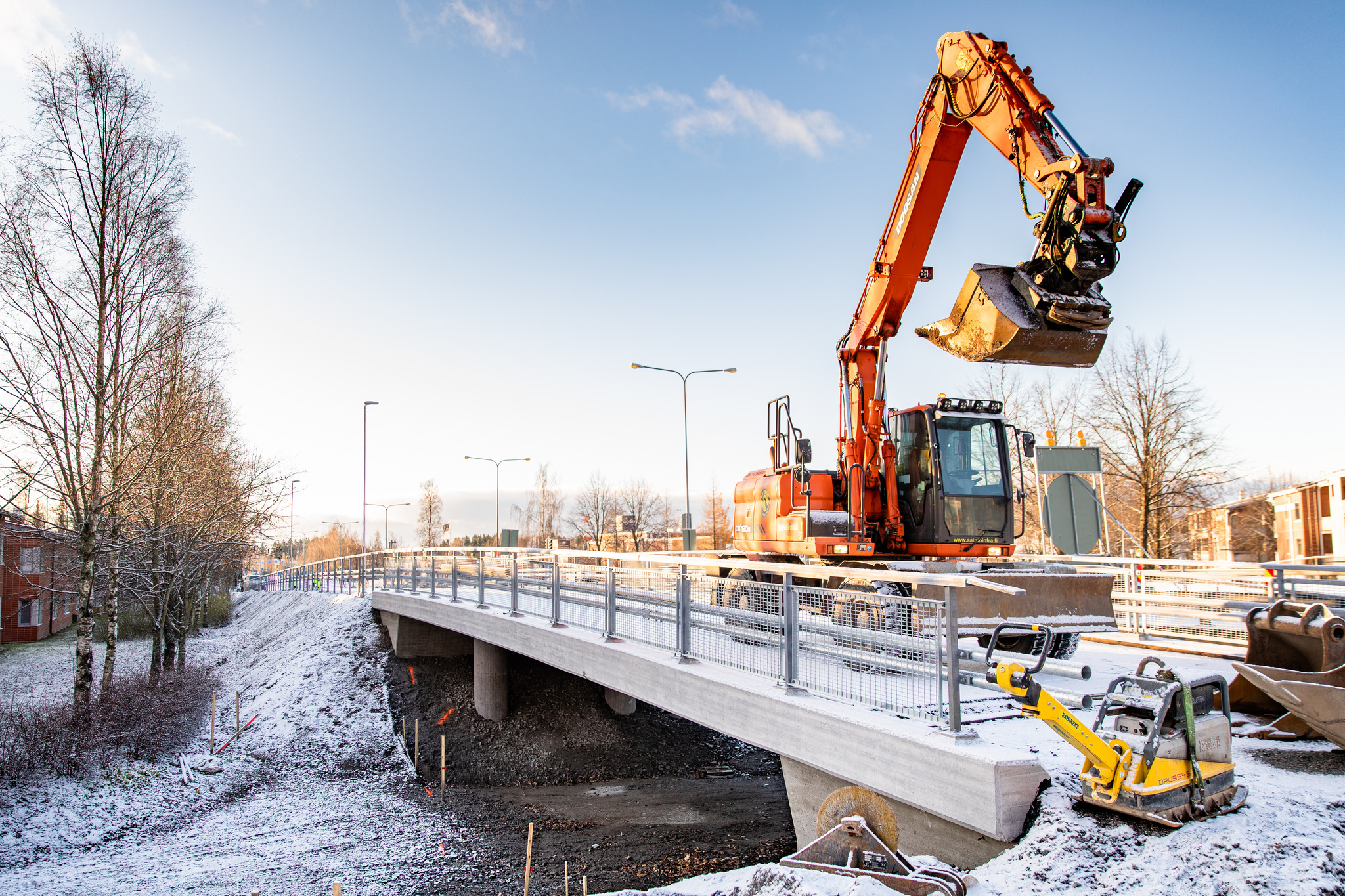
Under their respective plans, the UIA cities are investing in sustainable infrastructures such as cycle lanes. Alternative mobility options have been put in place in cities like Toulouse and are accessible for all types of user (inhabitants, commuters, and regular visitors). However, ‘built it and they will come’ is not enough. The success of such infrastructures depends very much on providing people with knowledge and information ‒ through ICT infrastructures ‒ both using conventional methods (e.g., communication campaigns) and new ICT technologies (e.g., data-driven and responsive IT-systems). The UIA cities show also that a public sector project, reaching out to, say, employers (SASMob) can ‘get things moving’.
Indeed, nudging, or in other words incentivising, is important. Like Toulouse, Ghent’s TMaaS system is showing how to implement ‘avoid and ‘shift’ (once alternative infrastructures are in place). TMaaS uses historical analysis and sends information messages to users to nudge them towards alternative transit options. For example, messages about when the weather is set to be good and encouraging them to take their bicycle, or messages to inform people when parking in the city centre is already full and referring them to Park & Ride options as an alternative. UIA Cities felt that this type of information provision is a key determinant for behaviour change, but this alone will not be sufficient, especially in the current Covid-19 context, so it is essential that more is done (across the ASI spectrum) to put in place the different types of infrastructures, from cycle-ways and public transport to technology-based services and content.
[1] “A SUMP presents, or is linked to an existing, long-term strategy for the future development of the urban area and, in this context, for the future development of transport and mobility infrastructure and services. A Sustainable Urban Mobility Plan equally includes a delivery plan for short-term implementation of the strategy”. Source, European Commission, A CONCEPT FOR SUSTAINABLE URBAN MOBILITY PLANS, COM(2013) 913 final.
[2] The finger model describes the radials extending out of Copenhagen towards the periphery, along which traffic would travel.
Co-create for stakeholder buy-in
Transport services often fail to meet the expectations of citizens and businesses, who desire more usability, responsiveness, transparency, or comfort, reflecting the different needs of users and the variety of activities that travel or commuting encompass. Moreover, weak service design or uncoordinated urban planning can lead to non-use or non-take up by citizens and businesses of services provided. The UIA experience suggests that co-creation is an effective way to limit such problems and ensure that mobility solutions meet people’s needs because it can stimulate engagement, in particular with new forms of sustainable transport (e.g., new walking and biking facilities).
Co-creation is fundamental to the success of the UIA projects in that it is in many cases how, within a partnership, they can ensure cross-sector cooperation between citizens, businesses, and the city. Co-creation can be seen in several of the UIA’s city projects. It is embedded in Toulouse’s partnership approach and in Albertslund’s SUMP process in its UIA LINC trials. It is in Szeged’s SASMob Pledge initiative. Ghent used co-creation in particular with private sector stakeholders in its TMaaS initiative. This approach ensured that the multimodal mobility information was tailored to needs, in particular employees, who, as in many cities, tend to be the biggest car-dependent mobility group. Szeged used a similar general approach ‒ co-creation ‒ to gain employer buy-in in its UIA project. The potential of such initiatives is considerable given the leverage potential of employers as a stakeholder group.
The Lahti CitiCAP Project co-created its PCT scheme with stakeholders and users to incentivise greater take up sustainable transport and thereby reduce traffic emissions in Lahti. The PCT scheme is based on an emissions cap set for the City of Lahti, which identifies weekly/annual CO2 emissions limits. These are the basis for calculating allowances for a personal carbon budget for each participant involved in the testing phase[1], based on an allocation key. Users' allowances are defined as a monetary value, which operates in an emissions trading system as a virtual currency. The objective for participants is to remain within their carbon budget. If they do, they can exchange their savings for city services or for benefits, offered by local businesses as part of the scheme, through an online marketplace, such as cheaper public transport or free bicycle maintenance services. The PCT system was co-created with citizens and employers, who can reward their employees for using sustainable transport options. This mix of incentives, co-creation, and issue-awareness demonstrates the importance of taking a multi-faceted approach, creating relevant incentives, to behaviour change policies.
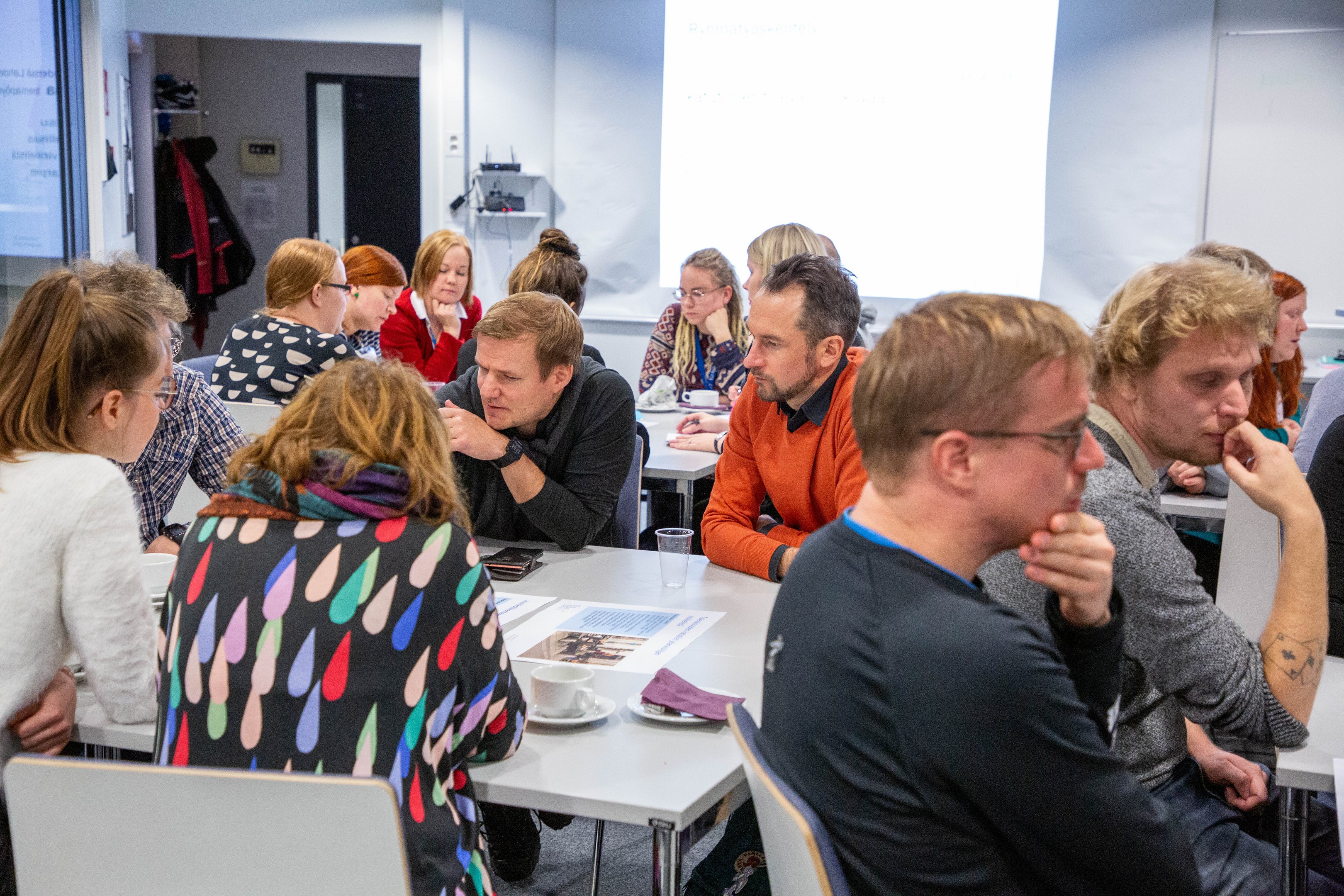
Finely-tune measures to stakeholder needs
Targeting the needs of different subsets of individuals in an organisational setting, as they have done in Szeged to change the mobility habits of commuters, was viewed as critical by all cities in the survey. Under the UIA SASMob project, the City of Szeged selected different types of employers who they believed would agree to encourage their employees to participate in campaigns to reduce personal car use. They designed the ‘SASMob Pledge’ tool for this purpose. By approaching local employers, Szeged enabled cross-sector cooperation between businesses and the city to co-design and tailor sustainable commuting solutions for both employers and employees, the biggest car-dependent mobility group. The Pledge approach is also finely tuned to different organisational settings. For example, a large manufacturer utilising three shifts for mostly manual labourers will require different arrangements to an innovative IT company, where the employers’ average age is under 30. Szeged’s approach demonstrates the level of sophistication needed when it comes to influencing travel choices. Teleworking may be possible in some cases and would also relieve congestion, as the Covid-19 crisis has shown.
Collaboration with citizens and other stakeholders (e.g., businesses, city service providers, etc.) implies long and challenging processes, but stimulates stakeholders and helps to deliver quality new projects or approaches. Developing a widely supported common vision and seeing a subsequent modal shift takes time but in doing so, but generating a shared vision strengthens local collective ownership.
[1] The CitiCAP (citizens’ cap and trade co-created) project Journal N° 4, Philip Turner.
Have a look at the project pages to learn more about them!
Finally, to achieve these goals through public policy, and indeed to decide on the appropriate policy approach, UIA cities agree that a basic understanding is required of the key determinants of behaviour. This implies moving away from previous policy approaches to recognise the complexity of rationality. This observation, as did the previous chapters on data and collaboration, shows the importance for city planners of acquiring new skills to help them construct new policy approaches. The views from UIA Cities, and supported by desk-based research[1], suggest a number of important factors (while not exhaustive) that planners believe are strongly associated with behavioural change and which can be exploited in policy. These are (with examples from UIA cities and other policies drawing on the factor):
- Accessibility (physical, availability) factors: Cities identified barriers faced by people with reduced mobility but also the availability, accessibility, and location of transport choices from the provision of bus services (especially in rural areas), to costs associated with access restrictions.
- E.g., Last mile, development corridors, cycleways in several cities, Albertslund’s LINC driverless bus project.
- Habit: Repeated behaviour can become a habit over time and can take longer to change. According to Verplanken and Wood (2006) about 45% of our everyday actions are not really choices at all, but habits or routines[2]. This is partly why private vehicles have become the dominant form of transport. Habit is one reason why people do not take into account the full costs of their choices on society and indeed can misjudge their own best interests.
- Costs: Have a major impact on everyday transport choices, but perceptions of costs may not be accurate. People are often unaware of the hidden costs of owning a car (e.g., tax, insurance, maintenance), and so miscalculate the relative costs of alternatives for the same trip.
- E.g., Not addressed directly, but clearly an incentive within carpooling initiatives such as in Toulouse.
- Attitudes: Are significant in that negative attitudes are a major barrier to the adoption of new behaviours. Several of the UIA cities explicitly address attitudes. Attitudes can change quickly, as the Covid-19 crisis shows, which has led people to refrain from using public transport due to the perception that it is unsafe.
- Co-creation approaches can tackle negative attitudes and reinforce positive feedback. Lahti’s CitiCAP or schemes involving gathering user feedback, which most UIA city projects do, show the benefits of co-creation.
- Knowledge: When fully informed, people can adjust their behaviours and they can be driven to change behaviour by issues they care about, with climate change noted as a key concern. People need to know what options are available, are there new/existing transport lines or micro-mobility options, they need information so that they can plan their journey and understand the benefits of alternatives. UIA cities therefore place importance on journey planners but stress that these must provide clear and accurate information or they may not be used.
- Supply of useful travel information and options, such as Ghent’s TMaaS.
- Social and cultural norms: People are naturally influenced by the behaviour of others and UIA Cities noted that Covid-19 has perhaps made it more acceptable for people to conform, whether or not this reflects what they actually think. The SASMob Pledge shows a progressive way to change employers’ habits and this can create an emulation effects, feedback from the UIA projects suggest this to be the case.
- Education. Outreach. Pilot actions. It creates an emulation effect.
- Capability: People need to have the ability - not just physical ability – to adopt a new behaviour. For example, they need to have the capability to use new technologies as a perceived lack of skills, resources, or a shortage of time will prevent them from doing so.
- Organise training in the use of route planners and develop content which exploits behavioural insights by ‘nudging’… so route planners would show green routes by default, or express mileage in financial terms[3].
- Comfort. This factor is particularly germane in the transport sector and has obvious implications in terms of public transport infrastructure, associated services, service connectivity, and so on.
- Identified by Szeged surveys and integrated as part of driverless bus trials in Albertslund.
[1] Sustainable Mobility for All Initiative, ‘Global roadmap of action towards sustainable mobility’, Paper 2, universal Urban Access, 2019.
[2] UK Government Guidance, ‘Enabling behaviour change’, Information pack. UK, Government Department for Transport. Document updated Nov. 2017.
[3] ‘Changing behaviour: A public policy perspective’, Australian Government. Australian Public Service Commission. Lynelle Briggs, Australian Public Service Commissioner.
[4] Doughnut Economics, Kate Raworth, 2017, page 113.
[5] The expression is from Kerryn Higgs’ 2014 book ‘Collision Course’. Used originally to refer to the effort to turn people into consumer, it could also be used to refer to the effort needed to promote a large-scale modal shift in personal transport.
About this resource
The Urban Innovative Actions (UIA) is a European Union initiative that provided funding to urban areas across Europe to test new and unproven solutions to urban challenges. The initiative had a total ERDF budget of €372 million for 2014-2020.
Similar content




